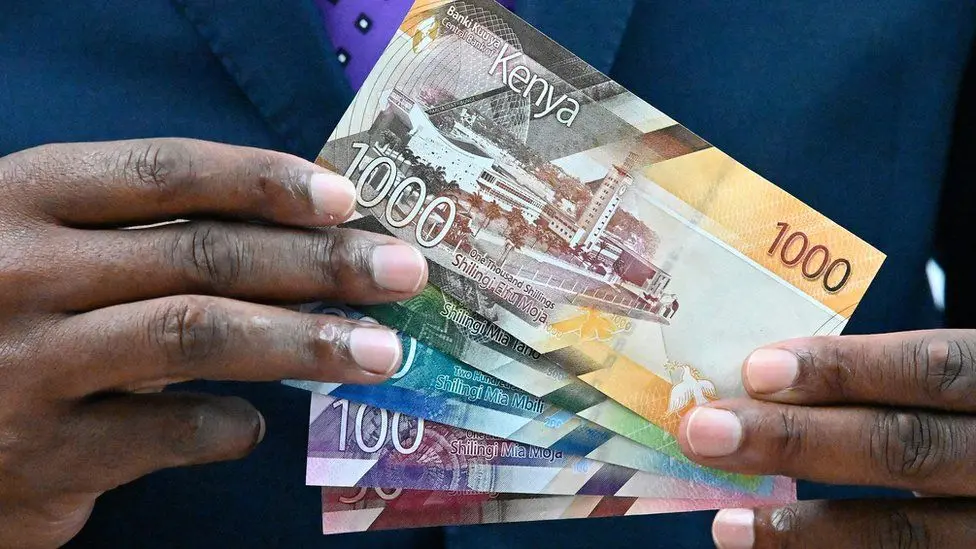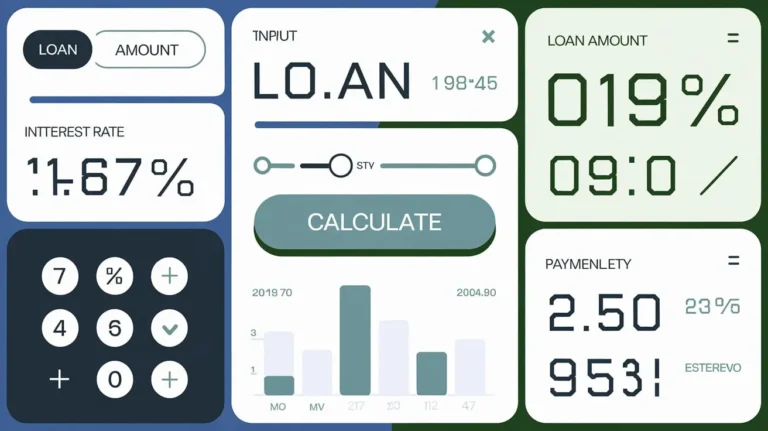
New Kenyan currency photo | bbc
Kenya has recently made headlines with a significant move in its currency production. The Central Bank of Kenya (CBK) has signed a KSh14.2 billion (approximately $109 million) contract with the German company Giesecke+Devrient Currency Technologies GmbH (G+D) to print new banknotes. This decision comes in the wake of the exit of De La Rue, the previous printer of Kenyan currency, and aims to prevent a potential stock-out of banknotes that could have serious economic implications.
Why This Contract Matters
The Urgency Behind the Decision
The CBK’s decision to engage G+D stems from a looming crisis: the risk of running out of KSh1,000 notes. Governor Kamau Thugge emphasized that the urgency was driven by the need to replace aging currency and avoid a situation where businesses and consumers would struggle due to a lack of cash.
“Around mid-2023, CBK determined that the country was at risk of a stock out of currency banknotes,” Thugge stated, highlighting the potential economic consequences.
The Classified Procurement Process
This contract was awarded through a classified procurement process, which has raised eyebrows among lawmakers and citizens alike. The CBK justified this approach by citing national security concerns and the sensitive nature of currency printing.
- Approval Process: The procurement was reviewed and approved by both the National Security Council and the Cabinet.
- Global Practice: CBK noted that many countries conduct currency procurement in a classified manner to protect financial systems.
What’s Included in the Deal?
Under this five-year contract, Kenya will receive 2.04 billion banknotes across various denominations:
| Denomination | Quantity |
|---|---|
| KSh1,000 | 460 million |
| KSh100 | 690 million |
| KSh200 | 260 million |
| KSh500 | 170 million |
| KSh50 | 460 million |
Enhanced Security Features
The new notes will feature advanced security measures, including:
- Color-Changing Threads: Unique threads that change color for each denomination.
- Watermarks: Improved watermarks for authenticity.
- Microprinting: Fine text visible only under magnification.
- Holographic Elements: Adding layers of security to deter counterfeiting.
These features are crucial for maintaining public trust in the currency and preventing fraud.
Economic Implications
Cost Analysis
Interestingly, the average cost of printing 1,000 pieces of banknotes under this new contract is about $53.5 (approximately KSh6,842), which marks an increase from the previous cost of $48 (about KSh6,198) for the 2019 series printed by De La Rue. This represents an increase of about 11%, raising questions about budget allocations and financial efficiency.
Job Losses
The exit of De La Rue has also led to significant job losses. The British firm shut down its operations in Kenya after laying off over 300 workers and incurring costs related to legal fees and asset write-offs. This situation has sparked discussions about job creation versus outsourcing jobs abroad.
Transparency Concerns
The classified nature of this procurement has led to calls for greater transparency from lawmakers. The Finance and National Planning Committee has demanded documentation regarding how the deal was awarded and what criteria were used for selecting G+D as the contractor.
“We must ensure that every shilling spent is accounted for,” said one committee member, echoing public sentiment about accountability in government spending.
What Lies Ahead?
As Kenya moves forward with this partnership with Giesecke+Devrient, several factors will be crucial:
- Monitoring Production: Regular audits will be essential to ensure compliance with contractual obligations.
- Public Reporting: Transparency in reporting costs and production timelines will help maintain public trust.
- Economic Impact Assessments: Ongoing evaluations should be conducted to assess how these changes impact inflation rates and overall economic stability.
Conclusion
The CBK’s decision to partner with Giesecke+Devrient is a bold step toward modernizing Kenya’s currency production while addressing urgent needs for new banknotes.
However, it also raises important questions about costs, job impacts, and transparency that must be addressed as this partnership unfolds.
As citizens, it’s vital for us to stay informed and engaged on these issues—after all, it’s our economy at stake! What are your thoughts on this new contract? Do you think it’s a step in the right direction? Let’s discuss in the comments! 💬👇





